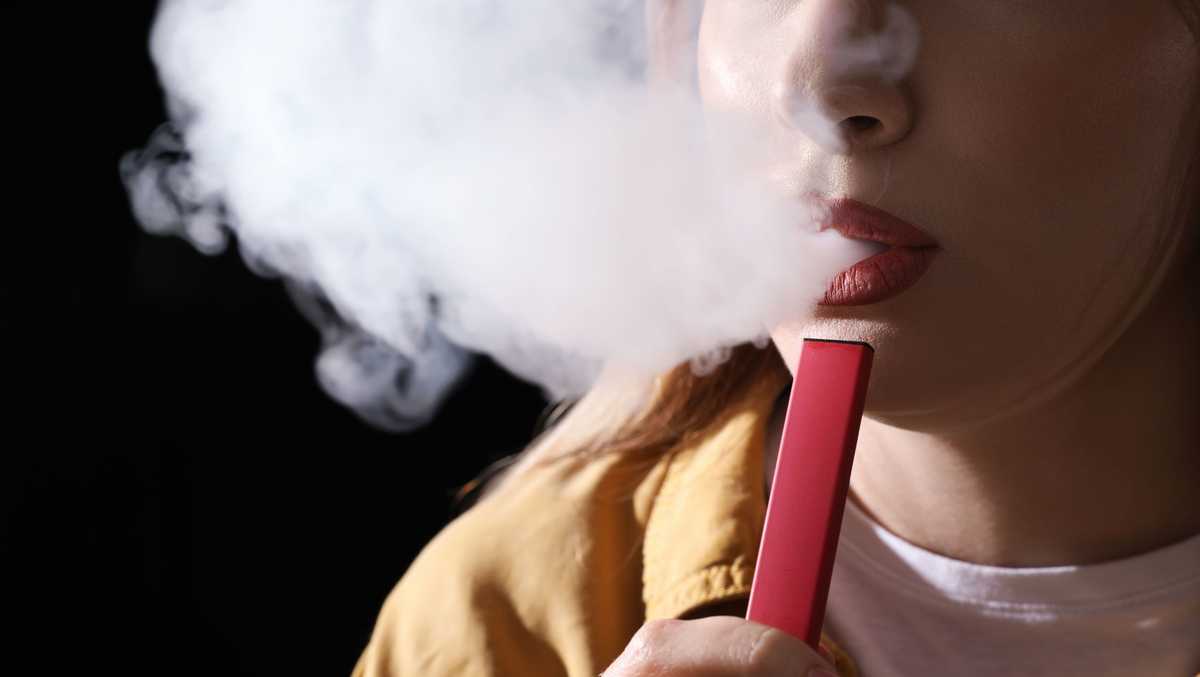Time: 2024-07-13

Nicotine absorption levels in children vary depending on exposure to secondhand smoke and vapor , according to a recent study published in JAMA Network Open . The study , conducted by Harry Tattan - Birch , Ph.D. , from University College London , analyzed data from a nationally representative sample of U.S. households from 2017 to 2020 . The research included 1,777 children aged 3 to 11 years with serum cotinine levels indicative of secondhand exposure to nicotine . Children exposed to secondhand smoke showed the highest nicotine absorption levels , while those exposed to secondhand vapor had significantly lower absorption rates . However , even children exposed to secondhand vapor still exhibited higher nicotine absorption compared to those with no reported exposure.
A new study revealed that children living in households where adults use e - cigarettes are exposed to lower levels of nicotine through secondhand aerosols compared to traditional cigarettes . The study emphasized the importance of keeping children nicotine - free by refraining from smoking or vaping around them . The research , published in JAMA Network Open , aimed to address the misconception that e - cigarettes are safer than traditional cigarettes , especially with the increasing use of e - cigarettes indoors . While vaping may expose users to fewer toxic chemicals present in cigarettes , children exposed to secondhand aerosols may still face risks due to nicotine exposure.
The study focused on 1,777 children aged 3 to 11 from the National Health and Nutrition Examination Survey , assessing their nicotine levels based on blood samples from 2017 to 2020 . Children exposed to secondhand smoke from traditional tobacco products exhibited significantly higher nicotine levels , highlighting the dual exposure risk during exhalation and resting periods between puffs . In contrast , children with no exposure to secondhand aerosols had the lowest nicotine levels . The study emphasized the need to avoid both smoking and vaping around children to prevent nicotine absorption and exposure to other potentially harmful substances.
The study 's findings underscore the importance of eliminating smoking and vaping indoors to protect children from nicotine exposure . While e - cigarettes are often considered a safer alternative to traditional cigarettes , the study revealed that harm reduction for users does not equate to harm removal for those around them , especially children . Researchers stressed the potential health risks associated with secondhand vapor exposure , urging adults to prioritize children 's health by refraining from smoking or vaping in their presence . The long - term effects of secondhand vapor exposure , particularly on children 's developing lungs , remain a concern that warrants further research and precautionary measures.
In conclusion , the study highlighted the need for increased awareness and preventive actions to mitigate children 's exposure to nicotine through secondhand smoke and vapor . By advocating for smoke - free and vape - free environments around children , adults can help safeguard their health and well - being from potential risks associated with nicotine absorption and other harmful substances present in tobacco and e - cigarette products.